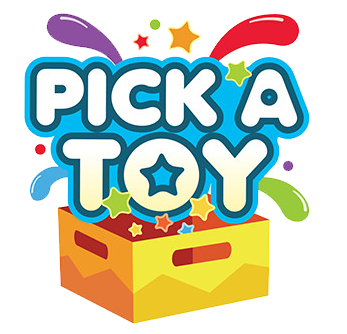Title: DIY Sensory Toys: Creative Ideas for Homemade Play
Introduction
Sensory play is a powerful tool for children's development, offering endless opportunities for exploration and learning. While there are many commercially available sensory toys, creating your own can be a rewarding and cost-effective way to engage your child's senses and stimulate their imagination. In this blog, we'll explore a variety of creative DIY sensory toy ideas that you can easily make at home, encouraging hours of educational and entertaining play.
Sensory Bottles
Sensory bottles are versatile and captivating. They can contain various materials that engage different senses, such as sight and sound. Here's how to make one:
Materials Needed:
An empty plastic bottle (clear or translucent)
Water or clear glue
Small objects like buttons, beads, glitter, or tiny toys
Food coloring (optional)
Instructions:
Fill the bottle about a third full with water or clear glue.
Add the small objects and a few drops of food coloring (if desired).
Seal the bottle tightly and secure the cap with glue or tape.
Shake and watch as the objects swirl and move within the liquid.
Sensory Bags
Sensory bags are mess-free and perfect for younger children who are prone to putting objects in their mouths. Here's how to make one:
Materials Needed:
A resealable plastic bag (with a strong seal)
Hair gel, clear hand sanitizer, or water with food coloring
Small objects like buttons, beads, or foam shapes
Instructions:
Pour hair gel or hand sanitizer into the plastic bag.
Add small objects to the gel or sanitizer.
Seal the bag tightly, removing any excess air.
Secure the top with duct tape or strong adhesive tape.
Sensory Playdough
Homemade sensory playdough is easy to make and can incorporate different textures and scents:
Materials Needed:
1 cup all-purpose flour
1/4 cup salt
2 tablespoons cream of tartar
1 cup water
1 tablespoon vegetable oil
Food coloring, essential oils, or scented extracts (optional)
Instructions:
Mix the dry ingredients (flour, salt, and cream of tartar) in a saucepan.
Add water and oil (plus food coloring or scents if desired).
Cook over low-medium heat, stirring constantly, until the mixture forms a ball.
Allow it to cool, and then knead until smooth.
Sensory Rice Bin
A sensory rice bin provides tactile stimulation and encourages imaginative play:
Materials Needed:
Uncooked rice
Food coloring or liquid watercolors (optional)
Small toys, scoops, and containers
Instructions:
Dye the rice by mixing it with a few drops of food coloring or liquid watercolors in a large plastic bag. Shake to distribute the color evenly.
Spread the colored rice out on a tray or baking sheet to dry thoroughly.
Once dry, place the rice in a large container and add small toys, scoops, and containers for play.
Sensory Wall or Board
Transform a wall or board into a tactile and visual sensory experience:
Materials Needed:
Various textured materials like sandpaper, faux fur, bubble wrap, fabric scraps, or feathers
Adhesive (e.g., glue, double-sided tape, or Velcro)
Instructions:
Cut or arrange the textured materials into different shapes and sizes.
Secure them to a board or wall using adhesive.
Encourage your child to touch, explore, and engage with the various textures.
Conclusion
DIY sensory toys offer a wonderful opportunity to foster your child's sensory development, creativity, and problem-solving skills while having fun together. These homemade toys are not only cost-effective but also customizable to suit your child's unique interests and sensory preferences. Get creative, involve your child in the crafting process, and watch as they embark on a sensory adventure that encourages learning and discovery. Homemade sensory toys truly make learning through play an enriching and enjoyable experience.
